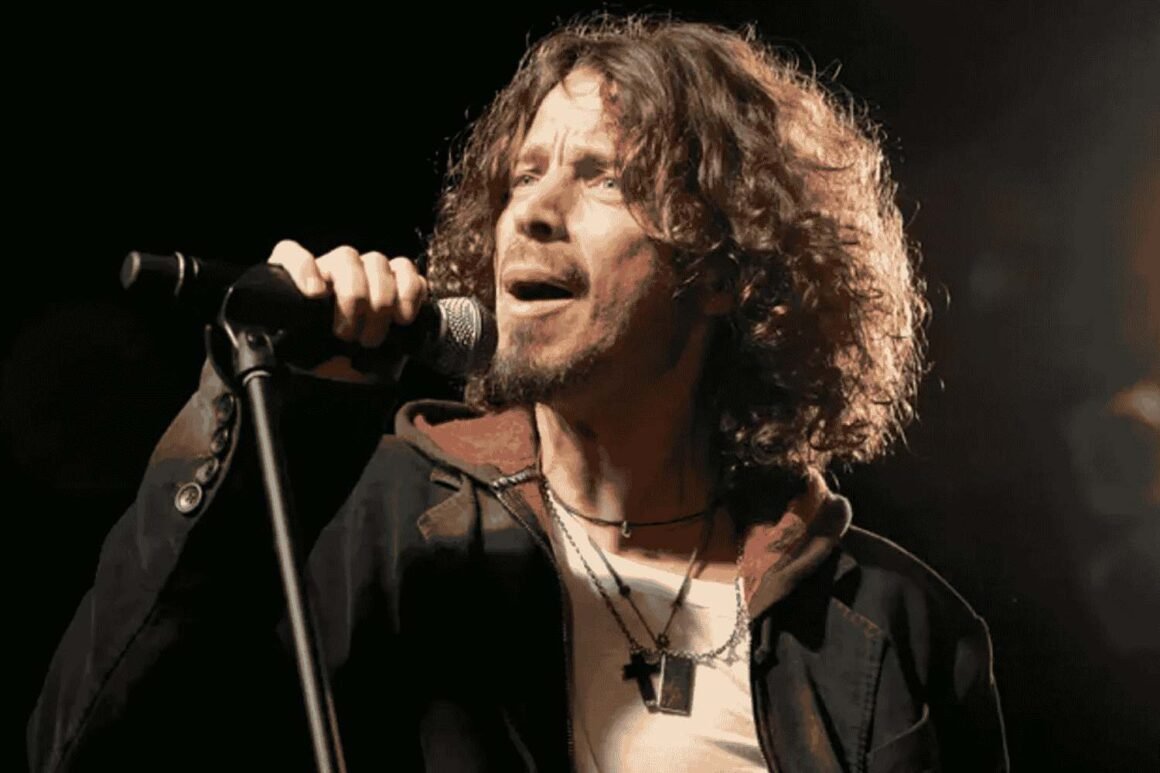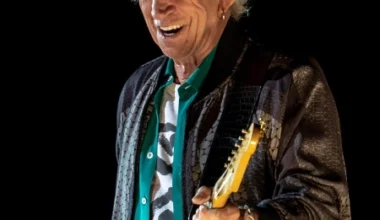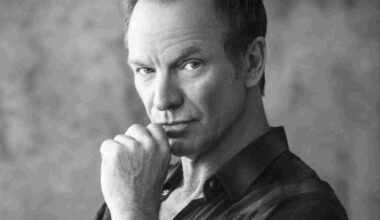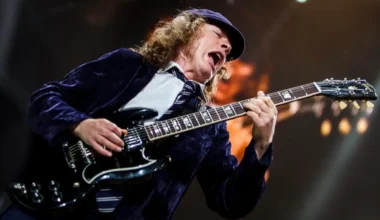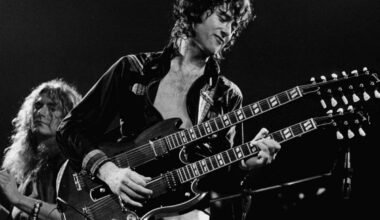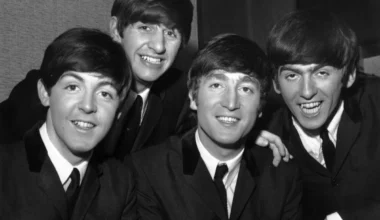The studio has always been a place where collaboration brings out the best in artists.
No matter how talented a musician may be, there comes a point when fresh ideas and feedback from others are essential to shape the final product.
While Chris Cornell could have easily created great albums outside of Soundgarden, he admitted that when he joined Audioslave, he wanted nothing to do with playing guitar.
In hindsight, did Cornell really need to be the guitarist on every Soundgarden hit?
While he had a distinct style on the electric guitar, it was his powerful, iconic voice—the Robert Plant-like wail—that truly defined him.
Fans didn’t tune in for flashy guitar solos like those from Eddie Van Halen. That wasn’t the ethos of the grunge movement Cornell came up in.
The Seattle sound was rooted in raw, punk-influenced energy, favoring intensity over technical precision.
Bands like the Sex Pistols and Dead Kennedys shaped their approach far more than glam metal groups like Def Leppard.
By the time Soundgarden was making albums like Superunknown, Rage Against the Machine was redefining the role of the guitar.
Few took this challenge as seriously as Tom Morello, who bypassed conventional solos in favor of wild, otherworldly sounds that resembled alien transmissions.
When Soundgarden eventually disbanded, Cornell sought a new project, teaming up with Rage’s non-vocal members for Audioslave.
Despite the collaborative nature of songs like “Like A Stone” and “Cochise,” Cornell had one clear boundary: he didn’t want to play guitar.
Morello recalled Cornell’s stance, explaining, “He wanted to just sing. He wanted to focus on lyrics and vocals and be free from the songwriting part, which worked out great because we had plenty of ideas.
He didn’t want to play guitar. He just wanted to sing. He told us, ‘Show me some music,’ and for us, it was fantastic.”
Part of this decision likely came from practicality. Cornell was paired with one of the most innovative guitarists of all time, and any riff he played would have taken a backseat to Morello’s experimental soundscapes, created through his signature whammy pedal and avant-garde techniques.
In the end, Cornell’s choice to focus solely on singing was the right one.
While he often switched between singing and playing guitar in Soundgarden, Audioslave gave him the chance to fully embrace his role as a frontman.
With Morello’s groundbreaking guitar work and the solid rhythm section of Brad Wilk and Tim Commerford, Cornell had a new sonic landscape to explore.
It wasn’t the eccentricity of Soundgarden, but it was a fresh, powerful sound all its own.

